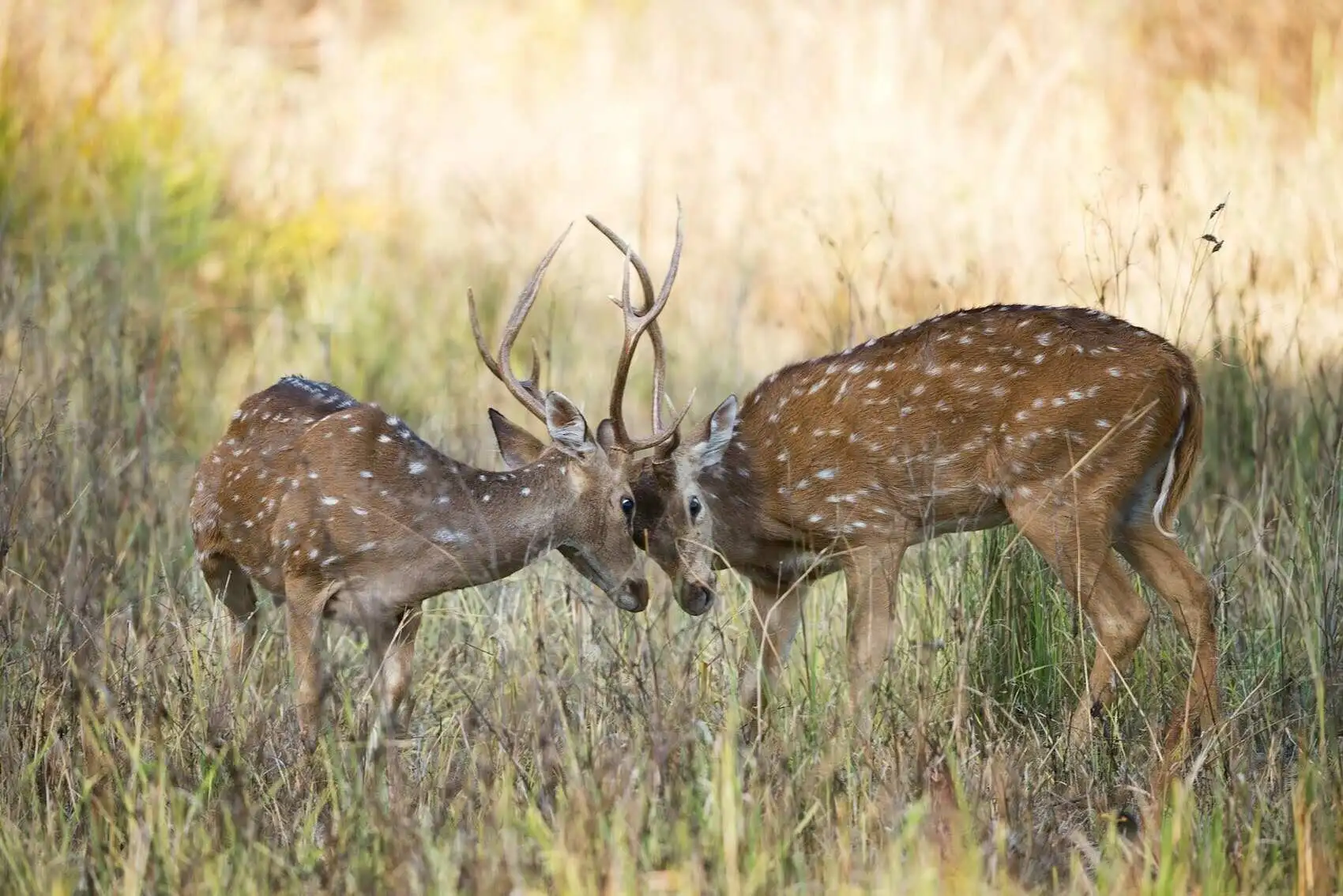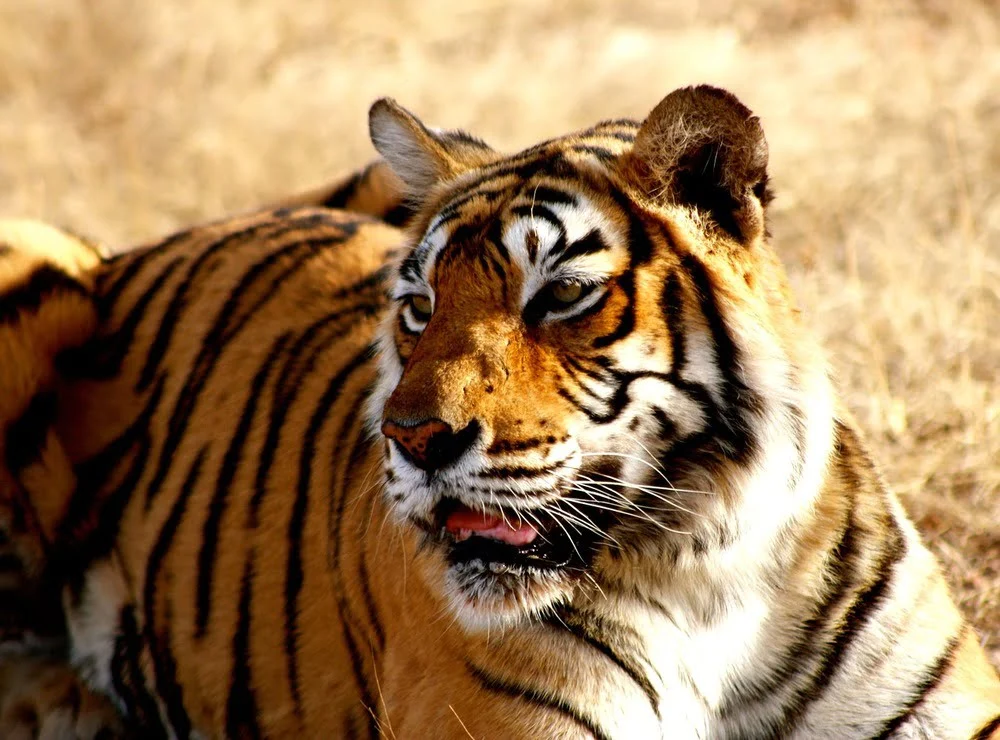Flora in Ranthambore
Ranthambore National Park is known not only for its majestic tigers but also for its rich and diverse vegetation. The park lies in the Aravalli and Vindhya hill ranges, creating a unique blend of dry deciduous forests, thorn scrub, and open grasslands. This variety of habitats supports a wide range of wildlife, birds, and insects, making Ranthambore one of the most scenic forest landscapes in northern India.
The flora of Ranthambore plays a crucial role in shaping the park’s ecosystem. From the hardy Dhok trees that dominate its terrain to clusters of Babul and Ber shrubs, every plant species contributes to the survival of herbivores and predators alike.
Dominant Tree Species
Ranthambore’s vegetation is mainly dry deciduous, dominated by Dhok (Anogeissus pendula), covering nearly 75% of the park. Perfectly adapted to dry, rocky terrain, Dhok provides food and shade for deer, antelopes, and other herbivores.
Major Tree Species:
- Dhok: Most dominant; key for herbivores.
- Banyan: Found in valleys; provides shade and fruit.
- Peepal: Sacred tree supporting many birds and insects.
- Babul: Thorny tree in open areas; supports grazers.
- Ber: Fruiting tree attracting langurs, bears, birds.
- Kadaya (Dhonkara): White-barked tree similar to the Ghost Tree.
Large banyan and peepal trees around lakes, especially Padam Talao, give Ranthambore its iconic landscape.
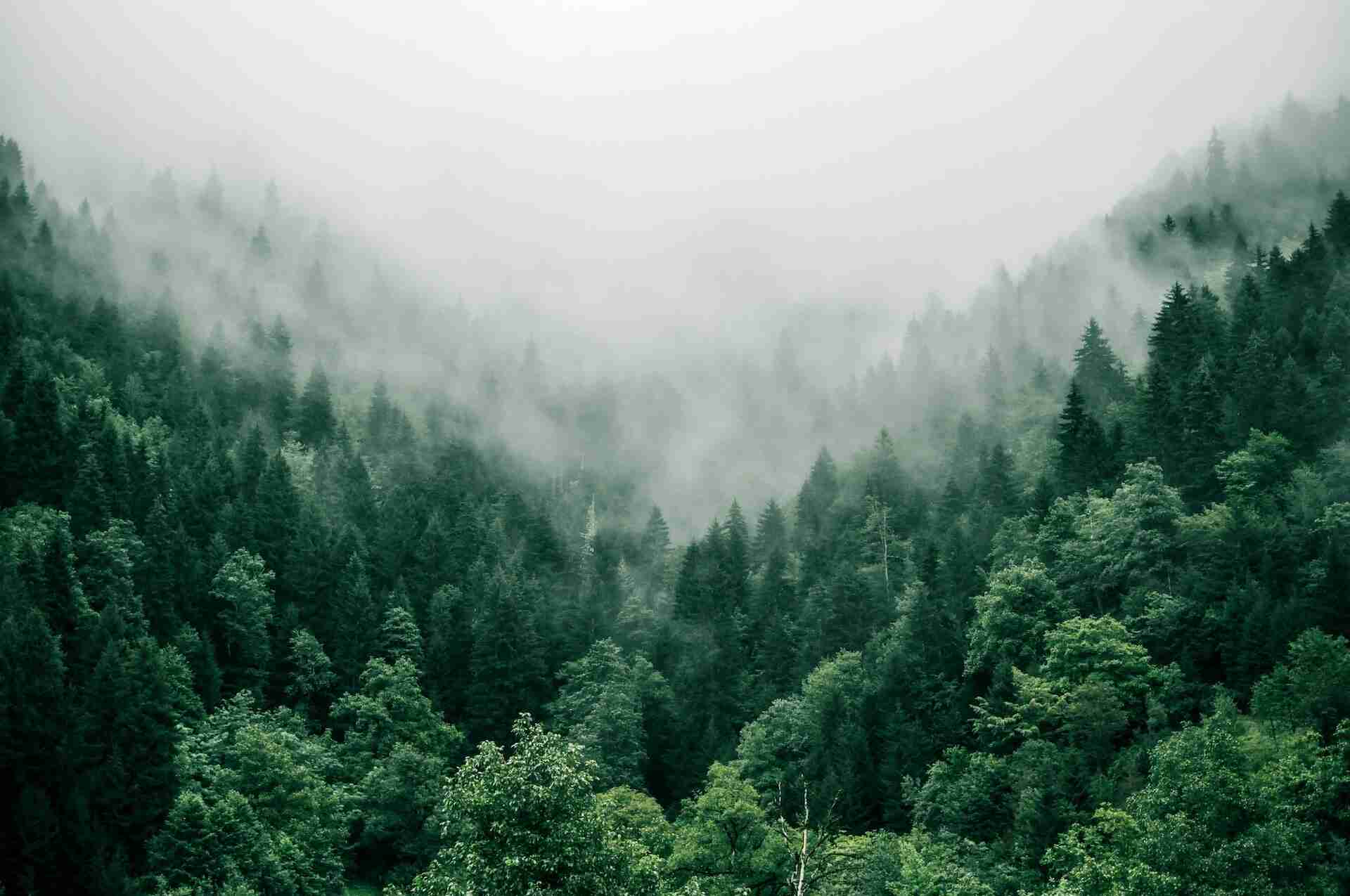
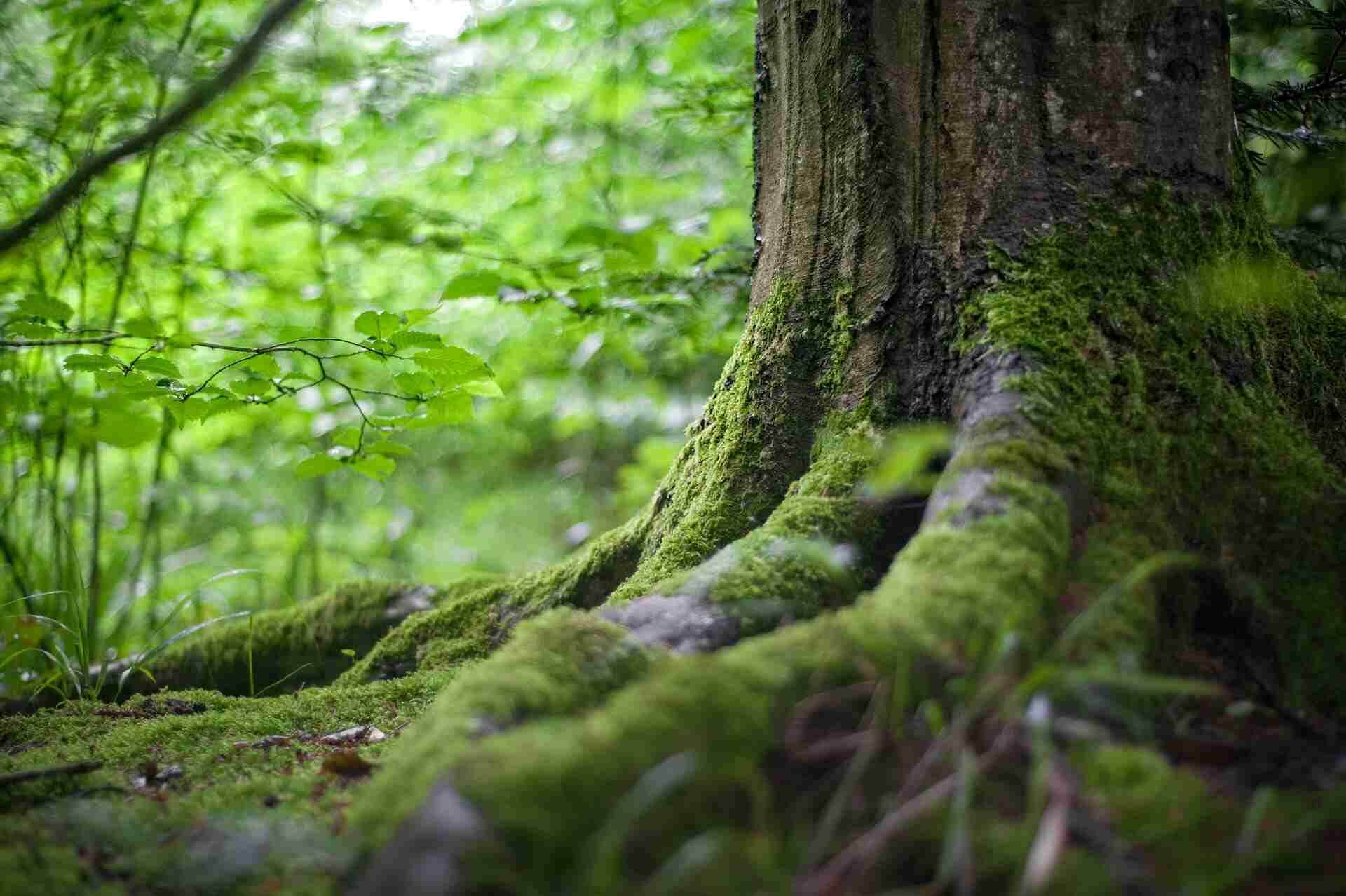
Grassy Meadows of Ranthambore
Apart from forests, Ranthambore has open grassy meadows near lakes and waterholes. These attract sambar, chital, nilgai, and wild boar, and also serve as prime hunting grounds for tigers and leopards, making them excellent wildlife-spotting zones.
Medicinal and Lesser-Known Plants
Ranthambore’s dry climate supports a variety of shrubs, grasses, and medicinal plants important for both wildlife and local communities. Key species include Amla for its medicinal value, Karonda with berry-like fruits, Neem for its antibacterial uses, Flame of the Forest with bright spring blooms, and the Gum Arabic Tree valued for its useful gum. These plants provide food, habitat, and help prevent soil erosion in the rugged terrain.
Major Flora of Ranthambore – Common and Botanical Names
| Common Name(s) | Scientific Name |
|---|---|
| Dhok | Anogeissus pendula |
| Banyan | Ficus benghalensis |
| Peepal | Ficus religiosa |
| Babul / Acacia | Acacia nilotica |
| Ber | Ziziphus mauritiana |
| Neem | Azadirachta indica |
| Amla | Emblica officinalis |
| Karonda | Carissa carandas |
| Flame of the Forest / Palash | Butea monosperma |
| Kadaya / Gum Tree | Sterculia urens |
| Dhonkara Tree | Sterculia villosa |
Seasonal Changes in Vegetation
Winter (November to February)
Trees retain their foliage; the landscape looks green and pleasant. Meadows remain active with herbivores.
Summer (March to June)
Vegetation becomes dry and sparse, improving visibility for wildlife sightings. Fruit trees like ber attract many animals.
Monsoon (July to September)
The forest turns lush green with fresh growth. Streams and water bodies refill, but the park remains closed for safaris.
Ranthambore Best Selling Packages
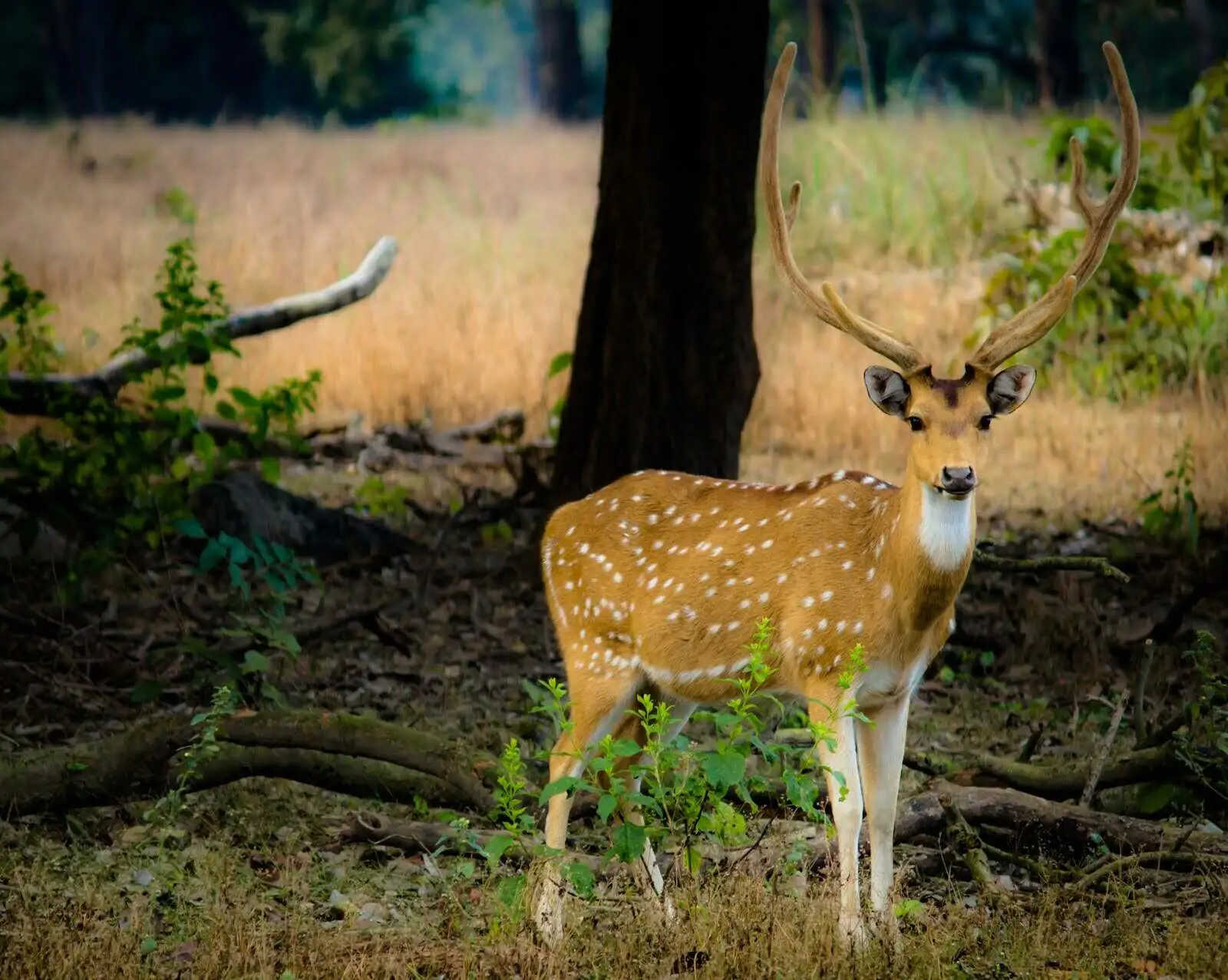
2 Nights / 3 Days
Ranthambore Weekend Tour
3 Nights / 4 Days
Ranthambore Budget Tour
6 Nights / 7 Days
Ranthambore & Corbett Safari
7 Nights / 8 Days
Ranthambore & Bandhavgarh Safari
FAQs – Flora in Ranthambore
What is the dominant tree species in Ranthambore?
Dhok (Anogeissus pendula) is the most common and widespread tree in the park.
Why are meadows important in Ranthambore?
Meadows attract grazing animals and create prime hunting grounds for big cats.
Are flowering trees found in Ranthambore?
Yes. Palash, Amaltas, and Ber trees bloom seasonally, adding vibrant colors to the forest.
Does Ranthambore have medicinal plants?
Yes. Neem, Amla, Karonda, and several shrubs are traditionally used for medicinal purposes.

